When you have input to send Congress, you have a number of communication options available to you: phone, email, social media, etc. Many of the bigger issues have dedicated sites that help automate some of the process, which of course leads to a large volume of input that lands in a congressperson’s voicemail, inbox, and notifications tab. Where does it all go?
The OpenGov Foundation looked into it and produced the From Voicemails to Votes report. The flowchart above is part of the report. Full version here.

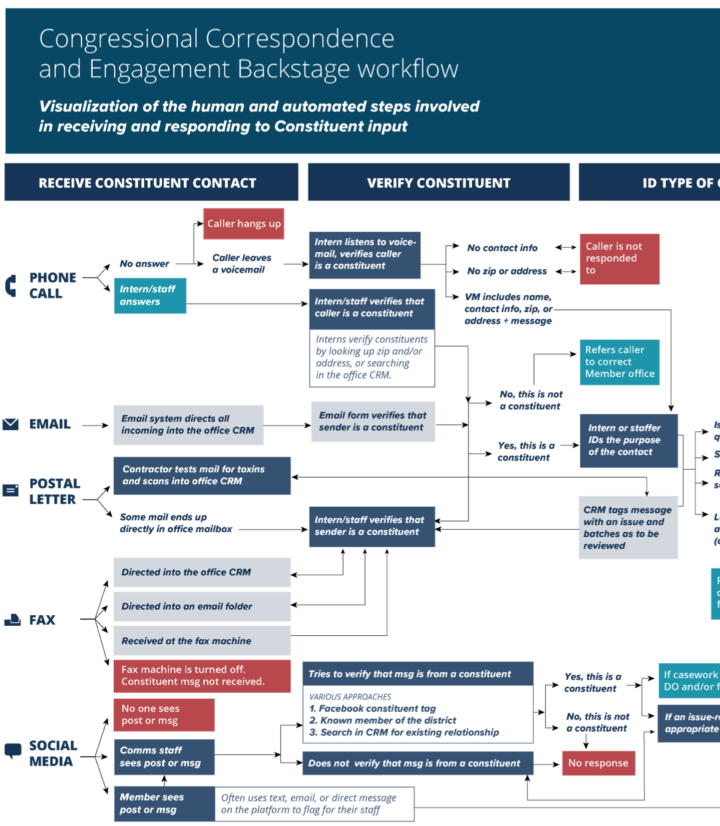

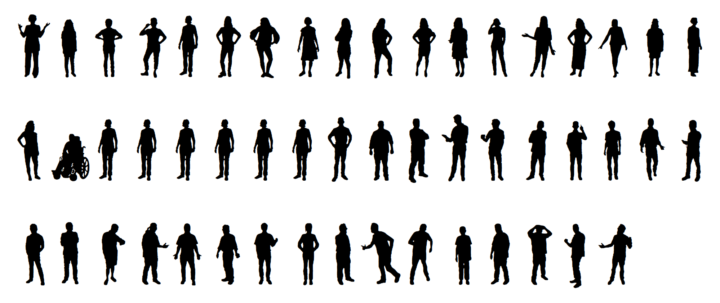
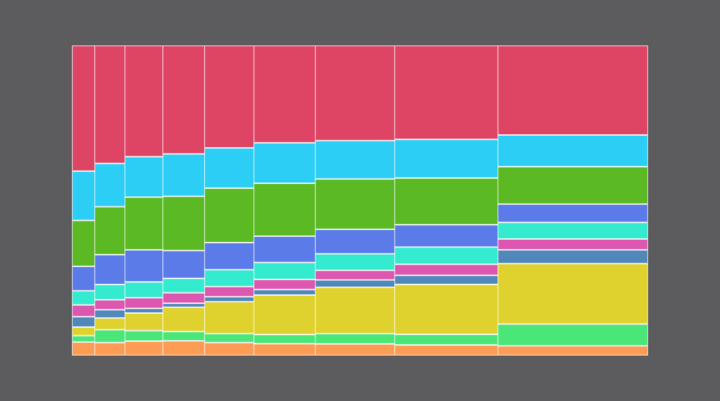

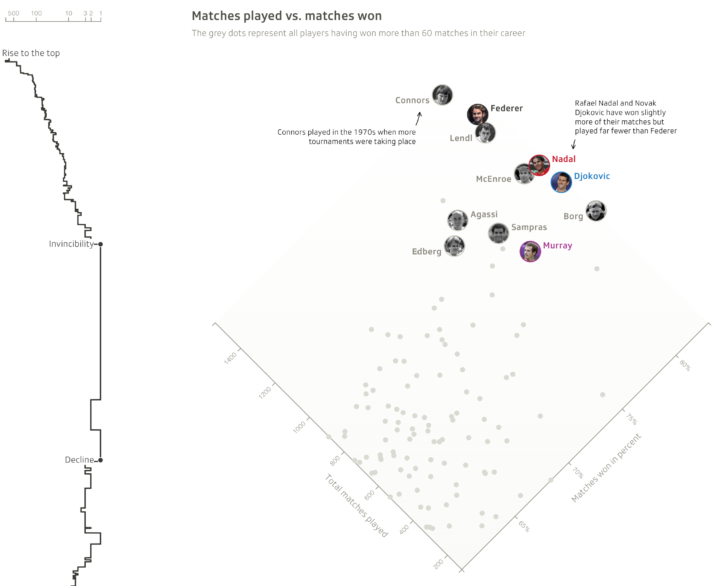

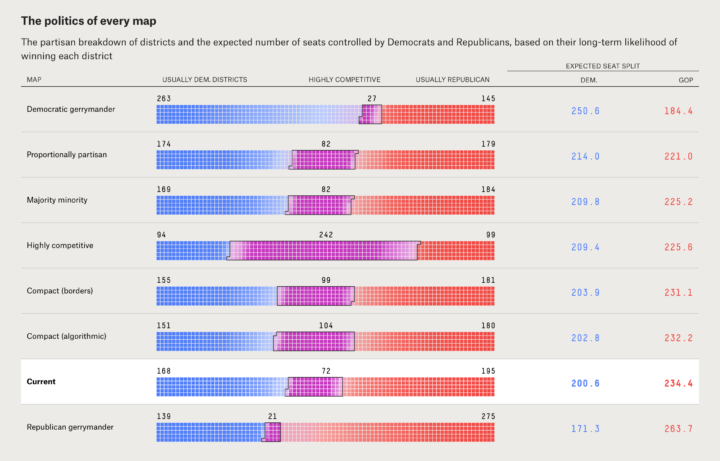


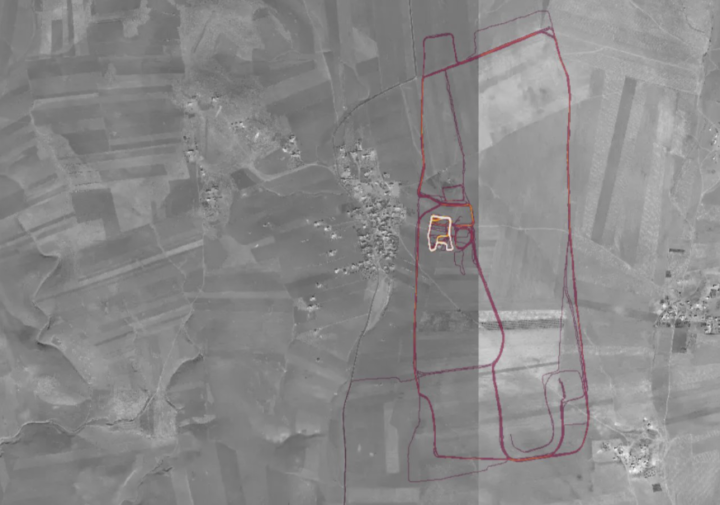


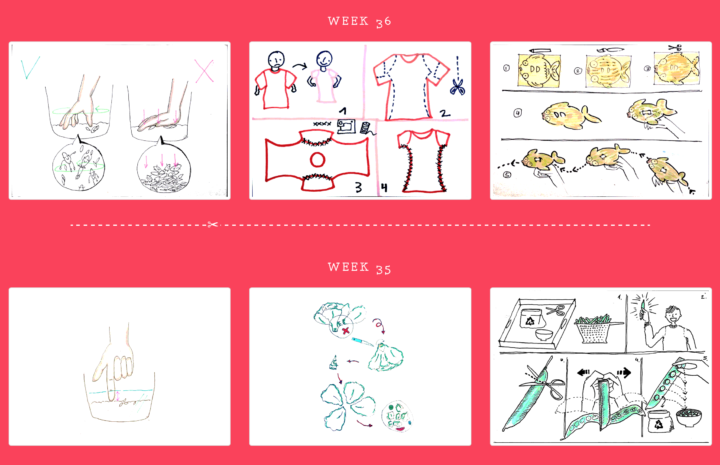
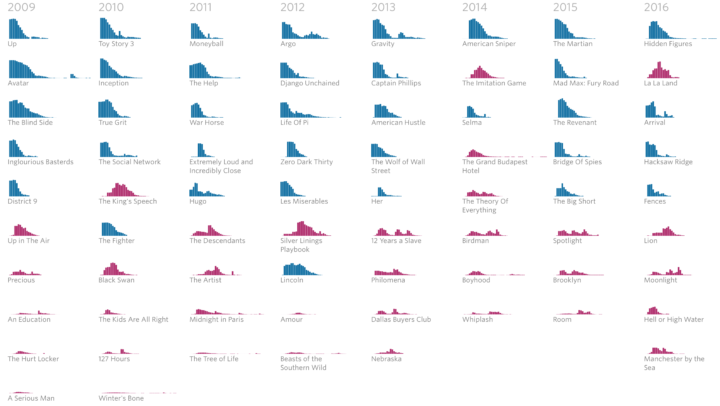
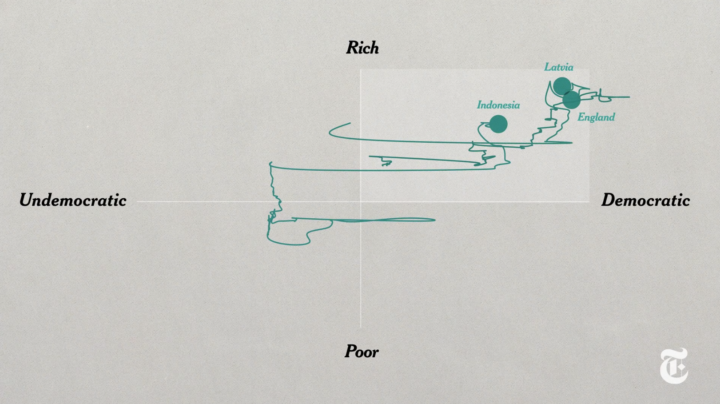
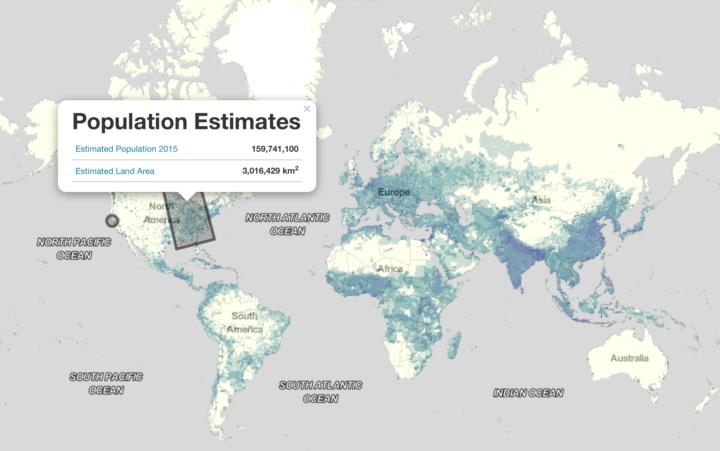
 Visualize This: The FlowingData Guide to Design, Visualization, and Statistics (2nd Edition)
Visualize This: The FlowingData Guide to Design, Visualization, and Statistics (2nd Edition)










